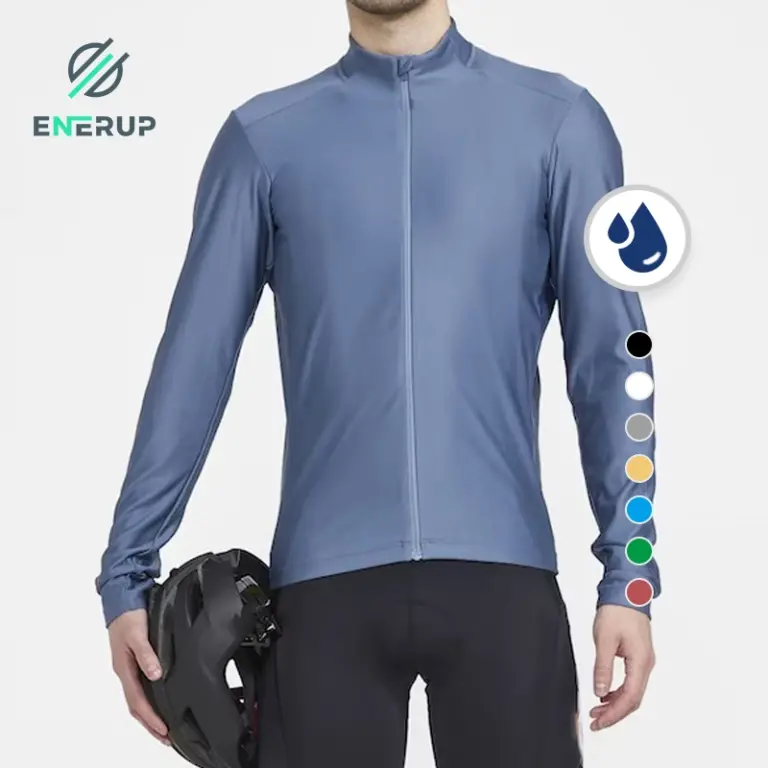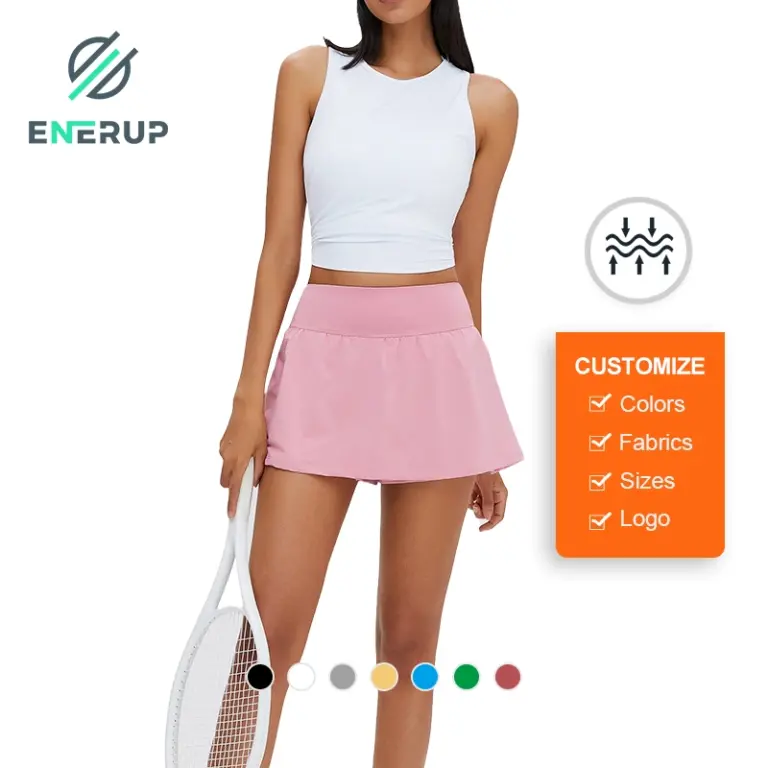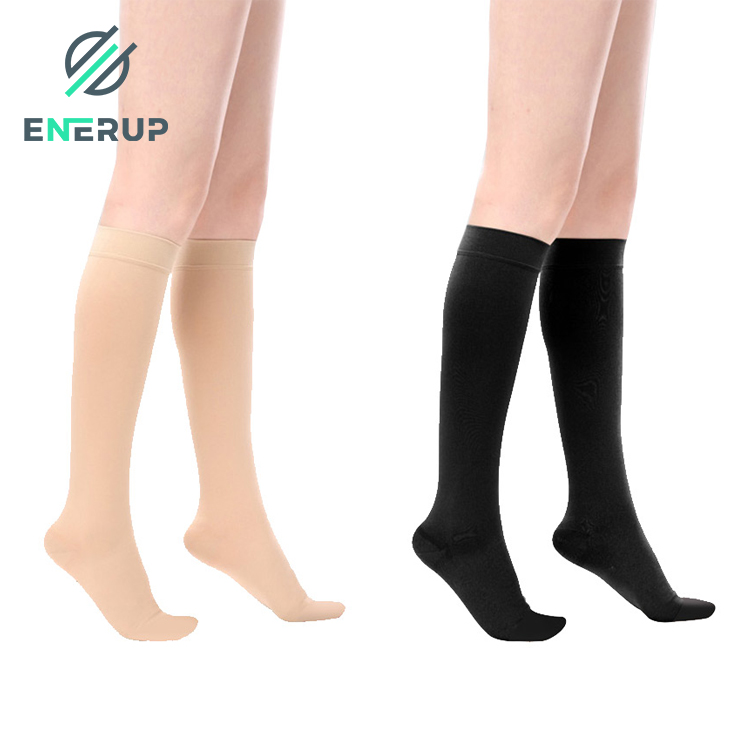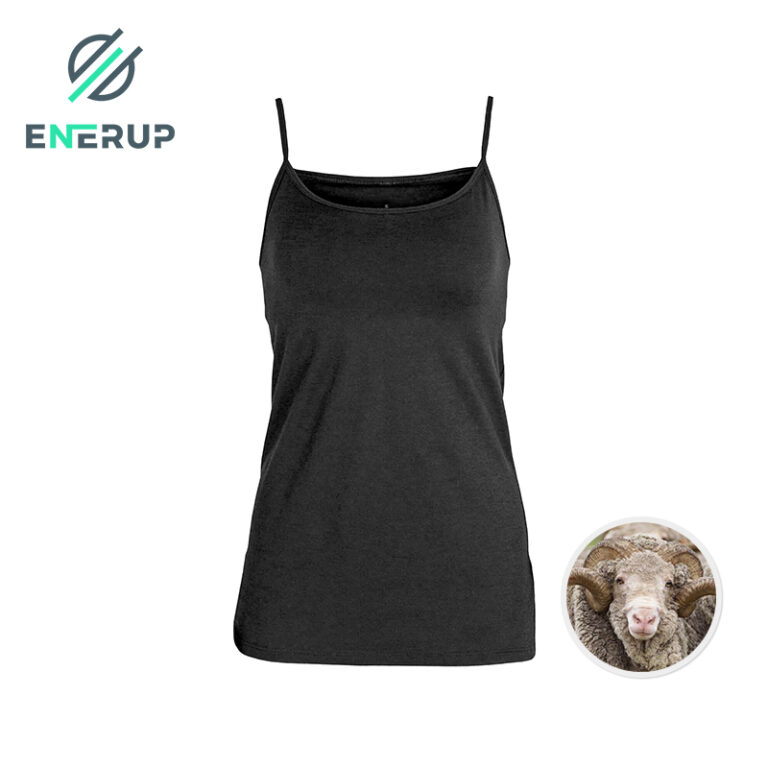Understanding the Importance of Bike Jersey Fit
Role of Aerodynamics in Cycling
Aerodynamics play a pivotal role in cycling, influencing a rider’s speed and efficiency. A well-fitted bike jersey reduces wind resistance, enabling cyclists to cut through the air with less effort. This is particularly critical for competitive cyclists where even minor aerodynamic improvements can shave valuable seconds off race times. Traditionally, a tighter fit is preferred to minimize flapping material that contributes to drag. Nevertheless, achieving the optimal tightness involves a fine balance—too tight, and it could impede breathing and cause discomfort, too loose, and it defeats the purpose altogether.
Performance vs. Comfort Balance
Striking the right balance between performance and comfort is crucial when selecting a bike jersey. While snug-fitting jerseys are popular among racers for enhanced aerodynamic efficiency, recreational cyclists might prefer something slightly looser for added comfort. Ideally, a bike jersey should fit like a second skin, providing enough tightness to prevent excessive airflow while allowing enough stretch for ease of movement. An effective fit ensures that you get the most out of your cycling experience without compromising comfort, essential for long rides and enduring diverse weather conditions.
Factors Influencing the Fit of a Bike Jersey
Fabric and Material Considerations
The choice of fabric has a significant impact on the fit of a bike jersey. Materials like Lycra, spandex, and polyester blends offer high elasticity and moisture-wicking properties, conforming to the body while keeping sweat at bay. These materials also have varying degrees of stretch, which can affect how tight or loose the jersey feels. Breathability is another factor; lightweight, breathable fabrics enhance comfort by facilitating airflow, integral for temperature regulation. It’s essential to opt for high-quality, durable materials that maintain their shape and effectiveness after multiple wears and washes.
Body Type and Personal Preference
Body type greatly influences how a bike jersey fits, and personal preferences for tightness vary among cyclists. Some may prefer a more compressive fit that emphasizes muscle support and aerodynamic advantage, while others might opt for a looser, more relaxed fit to prioritize comfort. For individuals with broader shoulders or a larger chest, finding a brand that accommodates diverse body types is key. Additionally, cyclists with unique requirements might benefit from custom-made jerseys that provide a tailored fit enhancing both performance and comfort.
Measuring for a Proper Fit
Chest and Torso Measurements
Accurate chest and torso measurements are fundamental in selecting the right bike jersey. Using a flexible tape measure, wrap it around the fullest part of your chest, keeping the tape snug but not tight. This measurement will help dictate the correct size. Don’t forget to measure your torso length as well. Position the tape from the top of your shoulder down to your waistline to gauge how the jersey will sit on your body. It’s essential that these measurements are precise to ensure a jersey that isn’t too tight, restricting breathing or movement, nor too loose causing excessive drag.
Arm Length and Shoulder Width
Equally important are the arm length and shoulder width measurements. An ideal bike jersey should have sleeves that reach halfway down the bicep area, providing coverage without obstructing movement. Measure from your shoulder blade to your wrist to get an accurate arm length. For shoulder width, extend the tape from the edge of one shoulder to the other. These dimensions help ensure that the jersey fits well around your upper body, allowing for a natural range of motion crucial for comfortable cycling.
Types of Bike Jerseys and Their Fits
Race Fit vs. Club Fit
Bike jerseys typically come in two primary fits: race fit and club fit. Race fit jerseys are designed for competitive cyclists and emphasize aerodynamics and a snug fit. They are crafted to closely hug the body with minimal excess fabric to reduce drag. On the other hand, club fit jerseys offer a more relaxed and comfortable fit, making them suitable for casual and recreational riders. They provide a bit more room for movement and might be more comfortable for longer, less intense rides. Understanding these differences helps cyclists choose the best jersey to match their specific riding style and comfort needs.
Long Sleeve vs. Short Sleeve Jerseys
Another consideration when selecting a bike jersey is the choice between long sleeve and short sleeve options. Long sleeve jerseys offer added protection against the elements and are ideal for cooler weather or for those seeking additional coverage from the sun. They can also provide extra warmth and protection from minor abrasions or bugs. Short sleeve jerseys, however, are perfect for warmer climates and ensure better cooling and ventilation. The choice between long sleeve and short sleeve jerseys often comes down to the riding conditions and personal comfort preferences.
Common Mistakes to Avoid When Selecting a Bike Jersey
Ignoring Fabric Stretch and Shrinkage
Another mistake is neglecting to consider fabric stretch and shrinkage. The elasticity of a jersey can affect how it fits over time. High-quality bike jerseys often incorporate materials like Lycra or spandex that provide stretch, but even these can change shape with repeated wear and washing. It’s critical to understand how the fabric of a potential purchase behaves after multiple uses and laundering. Ignoring this factor might result in a jersey that becomes either too saggy or too tight in critical areas, compromising both comfort and performance.
Benefits of a Well-Fitted Bike Jersey
Enhanced Performance and Speed
A well-fitted bike jersey significantly enhances performance and speed. By reducing aerodynamic drag and ensuring that the material stays close to the body, cyclists can move more efficiently through the air, conserving energy. This streamlined fit is particularly beneficial in competitive settings where every second counts. Additionally, the right fit provides muscle support, which can aid in reducing fatigue during prolonged rides.
Improved Comfort During Long Rides
Comfort is paramount, especially on long rides, and a well-fitted bike jersey contributes significantly to this aspect. Properly fitted jerseys minimize chafing and ensure that the fabric stays in place, reducing the likelihood of blisters or skin irritation. The right fit also allows for adequate airflow and moisture management, keeping the rider cool and dry. These factors combined make a well-fitted jersey essential for enjoyable, long-distance cycling experiences.
Looking Ahead: Trends in Bike Jersey Design
Advances in Fabric Technology
The future of bike jerseys lies in advances in fabric technology. Innovations are continually being made in materials that offer better breathability, moisture-wicking capabilities, and temperature regulation. Additionally, developments in sustainable materials are gaining momentum, catering to the environmentally conscious cyclist. These fabric improvements not only enhance comfort and performance but also extend the longevity of the jerseys, making them a worthwhile investment.
Customizable Fit Options
Customizable fit options are becoming increasingly popular in bike jersey design. Brands are now offering more tailored solutions, allowing cyclists to customize measurements according to their exact body dimensions. This trend addresses the diverse body types of cyclists and ensures a perfect fit, enhancing both comfort and performance. Looking ahead, we can expect to see more personalized cycling apparel that takes into account individual preferences and specific measurement needs.
In sum, selecting a bike jersey involves a nuanced understanding of various factors, from fabric and fit types to body measurements and advancements in technology. By making informed choices, cyclists can ensure their jerseys not only optimize performance but also elevate the overall riding experience.
A trustworthy brand is also an important factor in ensuring that cycling clothing fits well, because excellent brands often mean better fabrics and high-quality customization services.
Harvest SPF Textile Co., Ltd specializes in the production and international trading of healthy and functional textiles. They have a range of bike jerseys available, including outdoor and thermal/cycling jerseys as well as cycling bibs. These jerseys are made from lightweight and durable materials, ensuring their suitability for all levels of cyclists and various outdoor sports. The jerseys also prioritize safety with reflective print logos on the front and back, making the wearer highly visible in low light environments. Additionally, the jerseys are designed to be breathable and quick-drying, thanks to the use of moisture-wicking fabrics. They also feature multiple rear pockets for storing essential items such as repair tools, food, and clothing. Harvest SPF Textile Co., Ltd offers customization options for their bike jerseys, including different sizes, colors, and styles. They also hold various certifications such as RWS, OEKOTEX, WOOLMARK, and Muselin-FREE, ensuring the sustainability and quality of their products.













